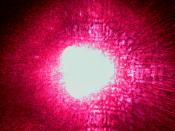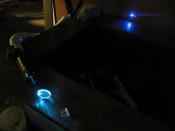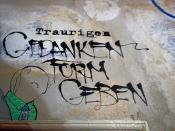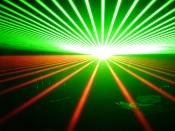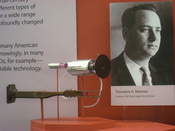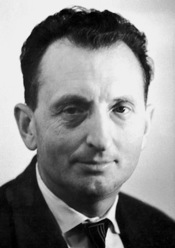It all began in 1916 where Albert Einstein laid the foundation for the invention of the laser and the maser, in a ground-breaking experiment involving Max Planck's law of radiation based on the concepts of spontaneous and induced emission. The theory was forgotten until after World War II.
It wasn't till 1953, Charles H. Townes, James P. Gordon and Herbert J. Zeiger produced the first maser, a device operating on similar principles to the laser, but producing microwave rather than optical radiation.
In 1958, Aleksandr Prokhorov proposed an open resonator which became an important part of future lasers. The first introduction of the term "laser" to the public was in Gould's 1959 paper "The LASER, Light Amplification by Stimulated Emission of Radiation".
He intended "aser" to be a suffix, to be used with an appropriate prefix for the spectrum of light emitted by the device (e.g. X-ray laser = xaser, UltraViolet laser = uvaser).
None of the other terms became popular, although "raser" is sometimes used for radio-frequency emitting devices.
Gould continued working on his idea and filed a patent application in April 1959. The U.S. Patent Office denied his application and gave the patent to Bell Labs in 1960. This sparked a legal battle that spanned three decades, with scientific prestige and much money at stake. Gould won his first minor patent in 1977, but it was not until 1987 that he could claim his first significant patent victory.
The first working laser was made by Theodore H. Maiman in 1960 at Hughes Research Laboratories in Malibu, California. Maiman used a solid-state, flashlamp-pumped synthetic ruby crystal to produce red laser light at 694 nanometres wavelength. Maiman's laser, was only capable of pulsed operation due to its three energy level transitions.
